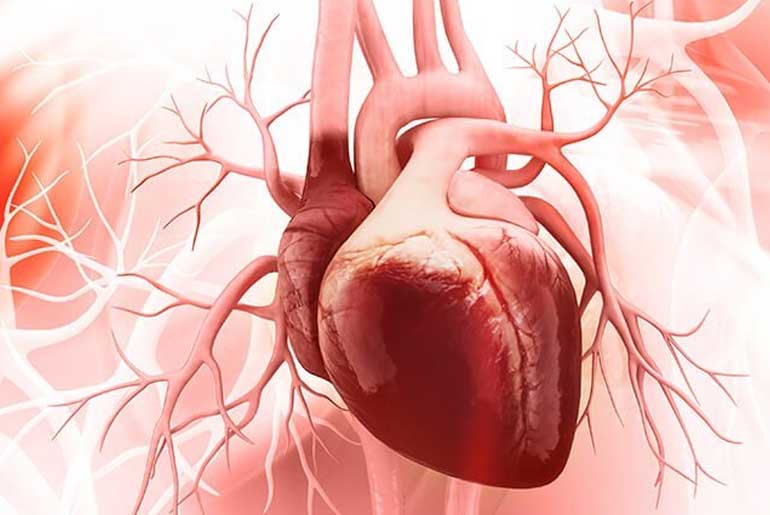Congenital Heart Defect Awareness Day is observed on February 14 each year to raise awareness about congenital heart defects (CHDs), which are present at birth and can vary from mild to severe. These defects impact the structure and functioning of a baby’s heart, potentially leading to issues such as impaired blood pumping, developmental delays, and long-term health risks like heart failure and stroke. In India, around 2 lakh children are born with congenital heart disease annually, with one-fifth experiencing critical conditions. The causes of these defects include genetic factors, environmental exposures, maternal health conditions, and specific medications taken during crucial stages of fetal development. The day emphasizes early detection, intervention, and support for affected individuals and their families, highlighting the importance of ongoing research and medical advancements in the field of congenital heart care.
Congenital Heart Defect Awareness Day is observed:
Congenital Heart Defect Awareness Day is observed annually on February 14th. This day is dedicated to increasing awareness about congenital heart defects and promoting education, early detection, and support for individuals and families affected by these conditions. Organizations like the Paediatric Congenital Heart Association and the American Heart Association play a significant role in advocating for congenital heart defect awareness and providing resources for those impacted by these health challenges.
The significance of Congenital Heart Defect Awareness Day:
The significance of Congenital Heart Defect Awareness Day lies in its crucial role in addressing and raising awareness about congenital heart defects (CHDs). Early detection and treatment are vital for improving the prognosis and reducing complications for individuals born with CHDs. By dedicating a specific day to raising awareness, people are more likely to recognize the importance of early intervention, leading to better outcomes for those affected. Additionally, the increased awareness helps drive funding for research into congenital heart defects, fostering advancements in treatment options and medical care. Ultimately, this day serves as a platform for advocacy, education, and support, contributing to the overall well-being of individuals living with congenital heart defects and their families.
Types of congenital heart defects:
- Tetralogy of Fallot (TOF): Tetralogy of Fallot is a complex congenital heart defect involving four abnormalities: a ventricular septal defect, pulmonary stenosis (narrowing of the pulmonary valve and outflow tract), overriding aorta (the aorta is shifted to the right and lies directly over the ventricular septal defect), and right ventricular hypertrophy (thickening of the right ventricular wall).
- Transposition of the Great Arteries (TGA): Transposition of the Great Arteries is a congenital heart defect where the two main arteries leaving the heart, the aorta, and the pulmonary artery, are switched (transposed). This results in oxygen-poor blood circulating in the body and oxygen-rich blood circulating back to the lungs, which is incompatible with life unless there is mixing of blood through other defects or surgical intervention.
- Coarctation of the Aorta: Coarctation of the Aorta is a congenital narrowing of the aorta, which is the main artery carrying oxygen-rich blood from the heart to the body. This narrowing can obstruct blood flow and lead to high blood pressure and other complications.
- Pulmonary Valve Stenosis: Pulmonary valve stenosis is a congenital heart defect characterized by narrowing of the pulmonary valve, which obstructs the flow of blood from the right ventricle to the pulmonary artery.
- Patent Ductus Arteriosus (PDA): Patent ductus arteriosus is a congenital heart defect where a temporary blood vessel (ductus arteriosus) that connects the pulmonary artery to the aorta fails to close after birth, leading to abnormal blood flow between the two arteries.
- Hypoplastic Left Heart Syndrome (HLHS): Hypoplastic Left Heart Syndrome is a rare and complex congenital heart defect where the left side of the heart is underdeveloped, leading to inadequate blood flow to the body.
These are just a few examples, and there are many other types of congenital heart defects, each with its own characteristics and potential complications. Treatment options vary depending on the specific defect and its severity, ranging from medication to surgical intervention. Early diagnosis and appropriate management are essential for the best possible outcomes.
Disclaimer:
The information contained in this article is for educational and informational purposes only and is not intended as a health advice. We would ask you to consult a qualified professional or medical expert to gain additional knowledge before you choose to consume any product or perform any exercise.







